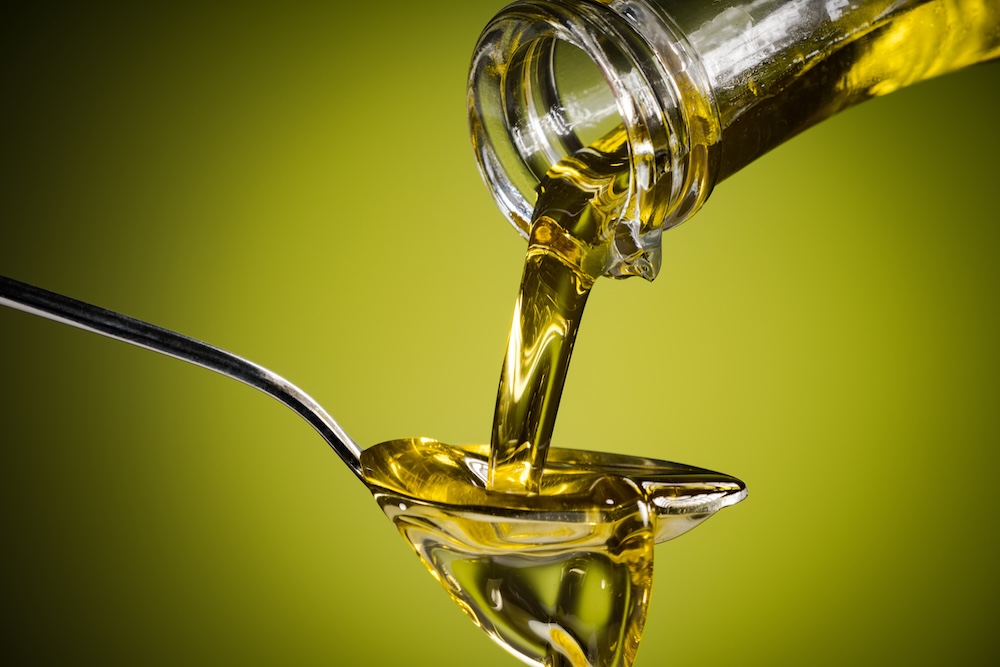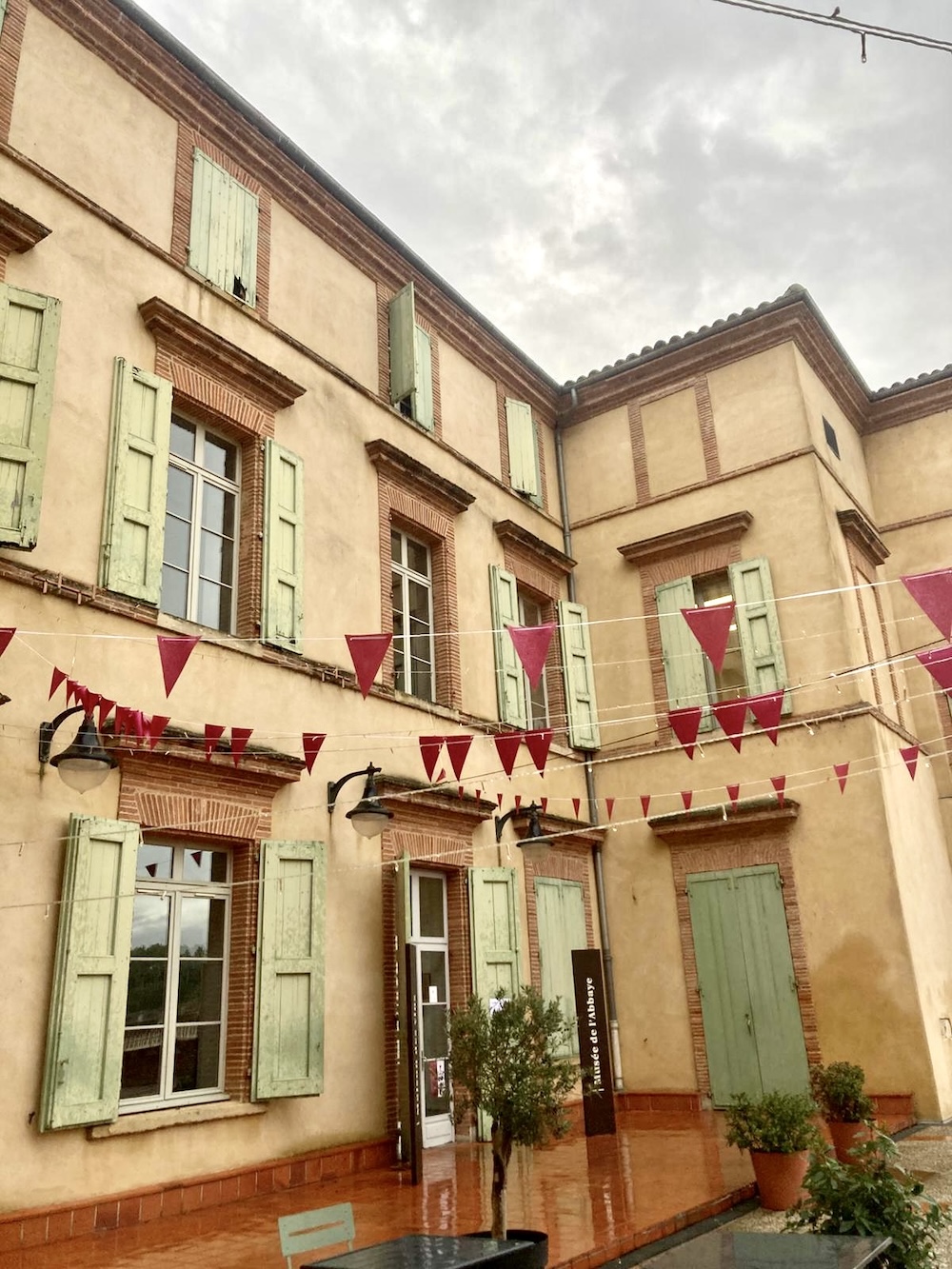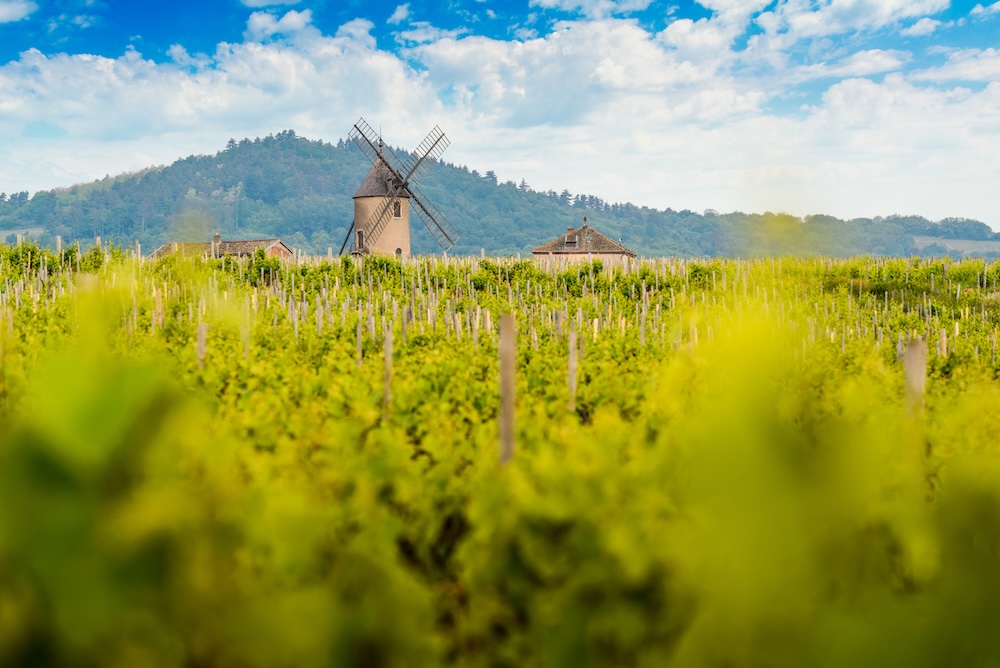
Discovery

Discovery
By Jean-Paul Burias – Photographs:, posted on 30 May 2022
Sparkling wines labelled as Crémant account for 25% of Alsace wine production. After an outstanding year for sales in 2019 came the global pandemic in 2020, but growth has now resumed and sales may well break new records. Encouragingly, the popularity of Crémant d’Alsace is spreading to more and more countries worldwide.
Crémant d'Alsace is emerging from the pandemic in style. Whilst the economic situation remains challenging, compounded by Covid-19, the sparkling wine appellation is doing more than just weathering the storm. Alsace is renowned globally for its fine white wines made from Riesling, Gewurztraminer, Pinot blanc and gris, Muscat and Sylvaner, but it has also successfully addressed a groundswell of interest in quality sparkling wines. The region’s history of sparkling wine productionactually dates back to the end of the 19th century, when Alsace winegrowers produced sparkling wines using the traditional method. The technique, which was definitely not widespread during the first half of the 20th century, remained a niche until appellation status was granted in 1976. Legal recognition inspired a fresh start, providing Alsace wineries with appropriate guidelines for producing sparkling wines using the traditional method, akin to techniques used in Champagne. The unique character of the wines and their faultless quality have garnered considerable success, not just in their home region, but also across France, then among its European neighbours and now worldwide. Representing 36% of volumes, Crémant d'Alsace is now the leading appellation sparkling wine for at-home consumption in the French market after Champagne. Some Crémants d'Alsace are made entirely from a single grape variety, whilst others are made from a harmonious blend of several grapes, each adding balance to the wine. The most commonly found grape, Pinot blanc, lends them freshness and delicacy. Riesling instils Crémants with lively, fruity notes, freighted with elegance and pedigree, while Pinot gris addsrichness and structure and Chardonnay suffuses the wines with fine, light toasted notes. Pinot noir is the only grape variety permitted for Crémant d'Alsace rosé and also Blancs de Noir.
As for the backstory, Alsace is renowned for its fine white wines which show incredible variety, fuelled by the nuances of its geological tapestry and its vineyard sites. It now plays a pivotal role in slating consumers’ demand for Crémants, drawing on a range of top quality single vineyard wines and a penchant for sparkling wines with little or no dosage. Crémant d'Alsace has become a powerhouse for the sparkling appellation wine category, accounting for 50% of growth. “Sparkling wine never goes out of fashion and has long been driven by Champagne”, says sommelier Caroline Furstoss, anexpert in Alsace wines who founded the website Sommelier particulier in 2016.

Alsace, with its quality Crémants, is a real challenger and spearheads the category. Unlike Burgundy, where winegrowers outsource the sparkling process to specialised companies, in Alsace most Crémant stays in producers’ cellars and is a regular feature in their portfolio. In value terms, for many winegrowers the category is becoming almost as worthwhile as still wines. A case in point is Domaine Jean-Claude Buecher, in Wettolsheim, which produces an exclusive range of superb wines.
Renowned for its whites, the Hunawihr co-operative winery also produces stunning Crémants. “Overthe past 5 years, we have given the range a make-over”, says winemaker Anthony Bondon. “Our revised standards involve the freshness of the wines, reducing dosage and therefore sugar levels, and dialling up fruit characters. We have adapted our choice of techniques and harvest earlier. Ultimately, we have given each individual wine an identity of its own”. At Maison Cattin, another regional benchmark, Crémant d'Alsace is a staple, representing almost half of its production, equating to 1.5 million bottles per year.

“Crémant has been pivotal to our development over the last 30 years”, says Jacques Cattin. “40% of our wines are exported to some forty countries. Our family, particularly my father Jacques-Antoine Cattin, who chaired the Crémant d'Alsace producers’ organisation, has always believed in this quality sparkling wine. Our range goes from affordable labels showing good value for money to outstanding offerings sourced from single vineyards, which undergo lengthy ageing on the lees. All our wines come from environmentally-friendly vineyards, some of them organic. Some offerinstant gratification whilst others are designed for special occasions and more exclusive gourmet foodexperiences”.
Drawing on a long-standing tradition as a producer of fine white wines, Alsace has quite naturally carved out a place for its Crémants in a competitive marketplace. Riesling and Gewurztraminer have been woven into the region’s identity for aeons. One is dry and is an impressive mirror to the region’s top terroirs, whilst the other is usually fruitier, mellower and can even be sweet as with the late harvest or noble rot bottlings. Winegrowers are therefore well equipped to meet everyone’s requirements for quality white wines, from the accessible to the very sophisticated offerings. All of these factors have combined to make Crémant d’Alsace, once an under-the-radar wine, the leading French sparkling appellation. Its success stems from the range of grape varieties, blending, the winemaking process, ageing time on the lees and dosage.
 Jean-Christophe Lehner in his cellar at domaine Armand Gilg.
Jean-Christophe Lehner in his cellar at domaine Armand Gilg.
Their endless combination is matched only by the choice of wines, each displaying a different style. “With its high-end image, quality and quintessential, traditional expertise, Crémant d'Alsace is energising the sparkling wine market”, says Nadia Lelandais, director of the Orschwiller co-operative winery, the first woman to run a co-operative in Alsace. “It is popular with consumers and recognised by the trade, and is a remarkable combination of simplicity and modernity designed for sociable occasions in a rapidly growing market. It is a category driver whichenhances the expertise of our winegrowers. Modernisation and newly-minted luxury cues, combiningsimplicity, modernity and sociability, have helped expand our sales with exports representing 60%”.
Domaine Armand Gilg has been producing Crémants for 40 years and has built up a reputation for the quality, consistency and variety of its range. Its portfolio has grown over the years to 6 different Crémants, accounting for one third of total production. “Our flagship label is the Crémant Brut, an Auxerrois-dominant blend with Pinot gris and Riesling, which is also available in a Brut Nature version, with no dosage at disgorgement, and Brut Prestige with a minimum of 36 months on the lees”, explains Michèle Lehner, wife of Jean-Christophe Lehner, who owns the estate with Thierry Gilg. “We also produce a single varietal Riesling Crémant, a Blanc de Noir and a rosé Crémant. To celebrate forty years of producing Crémant, we are launching our first Chardonnay Vintage Crémant in the spring. It spends 60 months on the lees and will stand at the pinnacle of our range”.

On the Alsace wine route, nestled amidst the superb rolling hills, is the sleepy winegrowing village of Blienschwiller, home to Domaine Jérôme Meyer’s vineyards. “Right from the outset, I wanted to create a top-end sparkling wine”, says Meyer. “So naturally we replicated the techniques that have proved successful in Champagne for the top labels. Our flagship sparkling wine, Perles de Granit Brut, is made exclusively from the finest juices to craft the most prestigious offering, which shows an excellent attack and very fine bubbles. Then, over time, our customers wanted us to produce a fruit-forward Brut rosé with a fairly pale colour, which is delicate and rounded. Subsequently, we created the Crémant Prestige, a more affordable, easy-drinking sparkling wine. Our range will soon be complemented by a single varietal Chardonnay and a Blanc de Noirs”.
Producing Crémant requires specific equipment, from the arrival of the grapes to the labelling of the bottles, as well as larger storage capacity than for still wine. Harvesting overheads are also higher. Once sorted, the grapes need to be transported quickly to the press in small containers. Transport and unloading are also more labour-intensive.

Vins Joseph Freudenreich et Fils is based in Eguisheim, one of France’s most picturesque villages located along the Alsace Wine Route. “We have been producing Crémants since 1982 and they account for up to 25% of our sales”, explains Amélie Freudenreich. “From a price perspective, Crémant costs more to produce than still wine, because of the bottles, the secondary bottle fermentation and the more expensive cork and wire cap. But it is a very popular wine that complements our range perfectly. It offers attractive prices and its quality is virtually on a par withthat of Champagne”.

Domaine Laurent Vogt has its roots in the heart of the region and since 1970, it has developed unrivalled proficiency in farming vines which have been certified organic since 2013 and biodynamic since the 2020 vintage. Some great sparkling wines have successfully joined its product range. “Our Crémants are made using the traditional method from Pinot blanc or noir, Auxerrois and Chardonnay”, explains Sylvie Vogt. “Slow pressing of whole clusters followed by ageing on the lees for about 18 months lends the wines finesse and delicacy”.

Another regional institution, the Zaepffel family, markets a fresh, palatable Blanc Brut with fine bubbles, a rosé Crémant that is also very popular and a single varietal Chardonnay that is still being aged on the lees. “Their appeal as an aperitif is probably the most significant magnet for Crémantd'Alsace”, says Anne-Sophie Zaepffel. “Consumers choose a Riesling, a Gewurztraminer or a Crémantdepending on what they intend to drink them with and each grape variety and production process has its own unique features”. It has proven to be a winning formula – in 2021, sales reached record levels with several producers posting double-digit increases in sales volumes. “Crémant is a festive winewhich is more accessible than Champagne and clearly on-trend”, stresses Meyer. “It is also a chameleon that is not just an aperitif but can easily be paired with a wide range of foods”.

Boasting three centuries of experience, Maison Willy Gisselbrecht has tapped into the trend, with 25% of its wines sold in export markets. Epitomising excellence, the estate produces 4 different labels – aBrut, a Blanc de Noirs, a rosé and a high-end Crémant Emotion. “After the downturn in 2020 due to lockdown, sales of Crémant recovered spectacularly in 2021, for several reasons”, comments Claude Gisselbrecht. “A desire by consumers to celebrate once again dovetailed with a need for the trade to replenish inventories that had fallen to their lowest point in 2020. In France and export markets alike, we are witnessing a tangible increase in demand for sparkling wines which is clearly benefitting Alsace. The region offers wines of proven quality, where a longer ageing process, the blends and high-end labels are stoking sales and boosting the image of Crémant d'Alsace. It is also an opportunity for all our appellations”.
Virtually everyone agrees about the potential for Crémant d'Alsace, which has all the requisite qualities to further bolster its reputation, particularly in export markets, and continue its move upmarket. Admittedly, the pandemic has restricted the number of drinking occasions for Crémantsd'Alsace due to the closure of restaurants and fewer opportunities for celebrating, affecting sales in 2020. “Last year, the desire to get back to normal and to enjoy some good wines naturally benefited Crémant d'Alsace”, says Jacques Cattin. “There is no denying its quality of aroma and flavour. Efforts to ramp up quality during the production process have paid off. The region's climate is another advantage – lending the wines freshness yet also ripeness”. Quality sparkling wines are on a roll and Crémant d'Alsace aligns perfectly with new consumption patterns, with consumers increasingly attuned to provenance and production methods in the products they purchase, especially when it comes to food and drink. Added to this is the fact that Crémant d'Alsace still has an attractive price tagand often offers remarkable quality, tinged with freshness and genuine delicacy.

Discovery

Discovery

Discovery